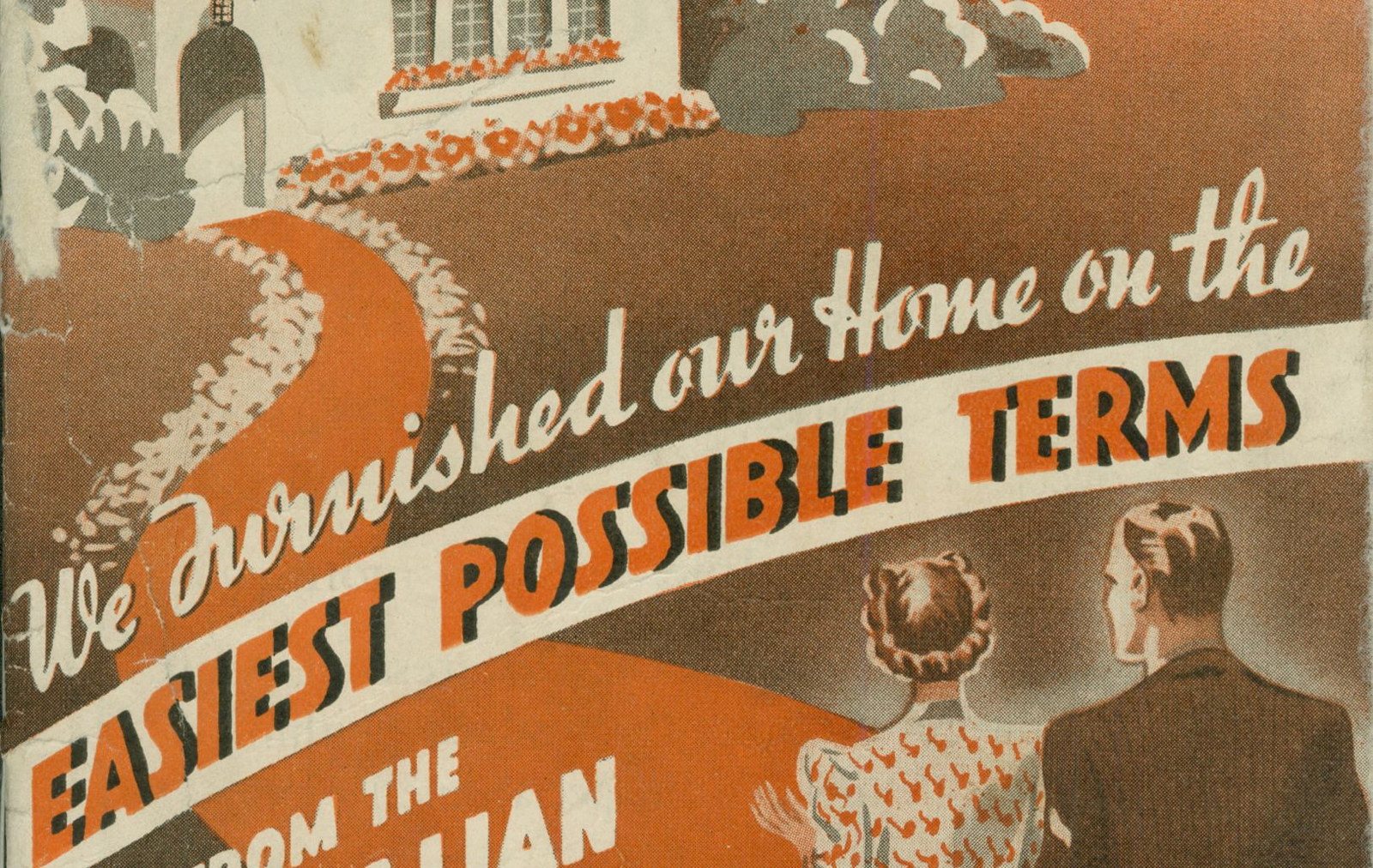Anthony Hordern & Sons
Anthony Hordern & Sons was arguably Australia's largest retailer from the late 19th through to the mid-20th century.
Anthony Hordern & Sons was arguably Australia's largest retailer from the late 19th through to the mid-20th century. Few companies in Sydney or Australia could match the size of Hordern's business: the scale of its stores, variety of stock and services, diversity of manufacturing enterprises and number of employees.
The origin of the firm extends back to the drapery business of Ann (Mrs Anthony) Hordern at King Street Sydney, established in 1823. Ann & Anthony Hordern eventually moved to Melbourne in 1839, but their sons, Anthony II (1819-1876) and Lebbeus returned five years later to set up their own drapery firm in George Street. The business moved to larger premises in the Haymarket in 1856 and by the time Anthony II's sons, Anthony III (1842-1886) and Samuel (1849-1909), joined the business in 1869 the firm was called Anthony Hordern & Sons. During the 1870s, the company purchased several surrounding buildings and reconstructed them into the substantial 1879 Palace Emporium with a staff of over 300.
More sites were added in the 1880s, by which time Anthony Hordern & Sons called themselves 'Universal Providers', selling a huge range of goods, organised into distinct departments. A number of Hordern family members also established their own retail stores in the 19th century and became rivals for trade, the most notable being Hordern Brothers.
A major fire in 1901 gutted most of the Hordern buildings and forced a temporary move to the exhibition building at Prince Alfred Park. It also influenced Samuel Hordern to construct an entirely new building, the New Palace Emporium at Brickfield Hill, where all the stock could be housed under the one roof. When this Albert Bond-designed five-storey building was opened in 1906 (a sixth storey was added in 1914-15), it stretched across half a city block and three street frontages: George, Pitt and Goulburn Streets. Many of the materials used in the building including iron castings, polished marble, woodwork and embossed steel ceilings were produced and/or finished at Hordern's own factories.
One of the first factories established by Anthony Hordern & Sons was a workshop to repair damaged furniture imports, set up in the late 1880s. By 1894, the workshop had been transformed into a fully functioning furniture making facility, as illustrated in an Anthony Hordern & Sons catalogue of that date (TC 658.871 HOR/94). A bedding factory had also been established by this time at Hordern's iron foundry, followed by an enamelling works, brass foundry, copper and tinsmith's shop, marble works, clothing factory, sporting goods workshop, bicycle works, bakery and printing office which produced a multitude of leaflets, advertising material and general catalogues.
Anthony Hordern & Sons famous red cloth-bound general catalogues were produced between about 1894 and 1924. These catalogues allowed Horderns to tap into the lucrative country market and mail order trade. Horderns also encouraged people from the country to visit its store, especially during the annual Royal Agricultural Society Show (Easter Show). By the 1920s, many stores claimed that the busiest day of their year was Easter Saturday. From the 1890s, Anthony Hordern & Sons also displayed a vast array of its wares at the Easter Show, eventually erecting a permanent pavilion. This practice continued until at least the 1950s: the 1935 catalogue published by Anthony Hordern & Sons specifically for the Easter Show illustrates everything from agricultural equipment to fashion goods and home furnishings (TC 658.871 HOR/35).
Anthony Hordern & Sons prided itself on selling almost any good imaginable, from the mundane to the magnificent. Its 1914 general catalogue (TC 658.871 HOR/14), which extended to over 1500 pages, illustrated the opening of a fine art gallery in Hordern's Brickfield Hill store and featured marble statuary, French bronzes, the finest hand cut crystal glass and ceramics by Royal Doulton, Wedgwood and Royal Copenhagen.
By the 1920s, the New Palace Emporium also offered customers other services such as tea rooms, a post and parcels office, rest rooms, public phone booths, a branch of the Commonwealth Bank and the 1928 Mail Order catalogue announced the opening of a Thos Cook & Son travel agency (TC 658.871 HOR/28). The store was renovated in the 1920s and 30s to make space for the above new services and to accommodate extra facilities for a staff numbering approximately 3000, such as a library, surgery, dining room and class room.
Rival retailer, Waltons Ltd, eventually took over Anthony Hordern & Sons in 1970 and closed Hordern's city store in February 1973. The building was then occupied into the 1980s by the NSW Institute of Technology and a number of small businesses. After much debate during the early 1980s about the fate of the famous Brickfield Hill store, the NSW government announced in 1985 that it would be demolished. The failure and imminent demise of the once grand Anthony Hordern & Sons building was a symbol of the passing of large scale retailing from the southern end of Sydney's central business district. Anthony Hordern & Sons' city store was finally demolished in 1987.
List of home furnishings stores

Sydney's home furnishing stores
A Hall & Co
A Hall & Co was a retailer of home furnishings and manufacturer of furniture.

Sydney's home furnishing stores
Beard Watson & Co
Beard Watson & Co was renowned in Sydney as a retailer and manufacturer of high-class furnishings for the home.
Published on
